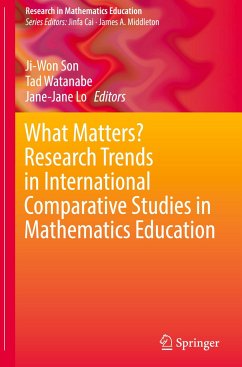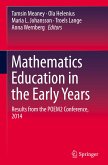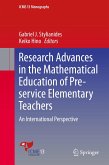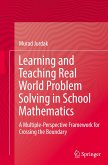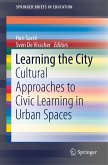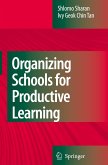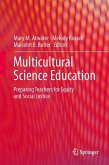This book provides a unique international comparative perspective on diverse issues and practices in mathematics education between and among the US and five high-performing TIMSS education systems, Japan, China, Singapore, South Korea, and Taiwan. The book offers multiple perspectives on the important factors that contribute to mathematics teaching and learning in different educational systems and cultural contexts. Using large scale data generated by numerous international comparative studies, the book analyzes and provides context for various methodological perspectives.
The book raises compelling questions and issues for mathematics education researchers, leading to a critical examination of what can be learned from other education systems. Authors address four major research perspectives by critically examining cross-national similarities and differences, such as research on the influence of curriculum on student learning; research on institutional systems of mathematics teacher education; research on improving teacher knowledge and pedagogical approaches; and research using large-scale data. This collection of perspectives serves as a foundation for reviewing and analyzing the international comparative studies introduced in the book.
The book raises compelling questions and issues for mathematics education researchers, leading to a critical examination of what can be learned from other education systems. Authors address four major research perspectives by critically examining cross-national similarities and differences, such as research on the influence of curriculum on student learning; research on institutional systems of mathematics teacher education; research on improving teacher knowledge and pedagogical approaches; and research using large-scale data. This collection of perspectives serves as a foundation for reviewing and analyzing the international comparative studies introduced in the book.

